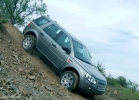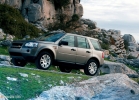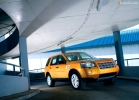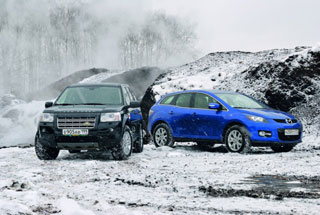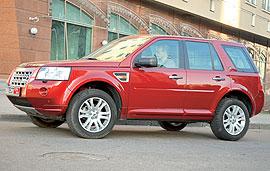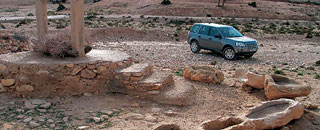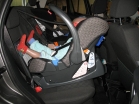Test drive Land Rover Freelander LR2 2006 - 2009 SUV
Land Rover Freelander 2
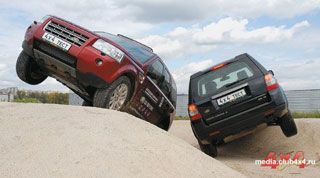 Together with Land Rover Freelander 2, you will go comfortably where you can’t ride. Agree, not everyone has free time and a desire to learn to overcome off -road. If I wanted to ride a crossover, then it was on the Land Rover Frelander 2.
Together with Land Rover Freelander 2, you will go comfortably where you can’t ride. Agree, not everyone has free time and a desire to learn to overcome off -road. If I wanted to ride a crossover, then it was on the Land Rover Frelander 2. Perhaps this is one of the few, or maybe the only SUV that the manufacturer himself advises to use outside the roads. You can recall the Jeep Liberty (sold in the American market as Patriot) in its advertisement is also present, but this is for the most part a beautiful picture on the screen.
Freelander 2 has front and rear overhang in the form of a boat, which has been coming from the time of the first Range Rover. The corners of the congress and entry are optimal. Even if the English crossover burns into an obstacle, you can overcome a traumatic area with a creak, sliding on rounded protection. The main thing is not to demolish the subframe and gas tanks that greatly spoil the geometry of the bottom. Four modes of the Freelander 2 transmission are designed to ride the snow-grave-grass, rut-grouse, sand and asphalt.
In the representative of Land Rover, they categorically do not want to attribute it to crossovers and recorded in SUV. Too bold. Or isn't it? We have everything that will help to answer this question, namely two Frelander: one with a gasoline engine, the other diesel. And test route Land Rover Experience.
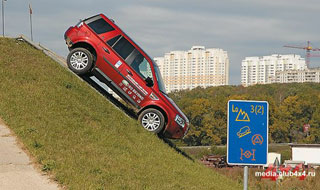 It's not crowded here
It's not crowded here A dark red diesel machine is equipped with a four-cylinder engine with very tempting characteristics. 400 Nm of the moment and 160 liters. p., and the volume of only 2.2 liters. Acceleration and height consumption. The gearbox is automatic, like the second car. Black gasoline Freelander with an i6 233 l. With.
and 317 Nm is still frozen, quieter and more voraciously. The differences in the tested cars are not only in engines, but also in options. The black car inside is a dark cave, without a large monitor and with a gloomy blue finish of seats and doors, extremely unpleasant to the touch. The red car is finished with light beige skin, and its equipment includes a color display of a computer. It is sensory, so with the help of a finger you can find anything but navigation in Russia and the Russian language. As always, it is very offensive for this trifle.
Penetrating inside the cabin, you wonder how spacious here is. There are a lot of places as much as you like, there are enough for two leaning armrests between the front seats, and it is convenient to get comfortable with any growth, almost preserving the command landing of the Range Rover. None of the classmates - crossovers (so far we will measure in the old fashioned way if the body is bearing, and there are no independent and low transmission, then the crossover) boasts of a similar expanse.
The sand is parity
The Land Rover Experience highway is built near the Moscow Ring Road specifically for the training of buyers of English SUVs with the initial driving skills in the absence of asphalt. Here you can experience maximum rolls. Enough shells for diagonal hanging. Big concrete bath imitating ford. The road related to logs. Gravel and sand. There is dirt only after the rain, but we were lucky in this sense.
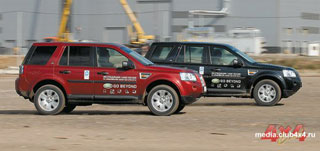 To begin with, both cars tried to climb 45 degrees. Despite the seemingly funny numbers, this value is considered one hundred percent and maximum for most all -wheel drive cars produced today. None of the participants in the test of height took. Almost climbing, they skidded and rolled. Diesel almost managed to do this trick in reverse, but ...
To begin with, both cars tried to climb 45 degrees. Despite the seemingly funny numbers, this value is considered one hundred percent and maximum for most all -wheel drive cars produced today. None of the participants in the test of height took. Almost climbing, they skidded and rolled. Diesel almost managed to do this trick in reverse, but ... On the site depicting the twisted bars of logs with a variable angle of attack, it turned out that it was more pleasant to control the diesel machine, it allows you to move more without slipping the wheels. Terran Response on logs on logs showed that the smallest slipping is in the snow-gravel mode, and the maximum sand in mode.
We went to the sand. For movement along the beach, it is not in vain that some wheels are possible. Thus, it is easier to overcome the unsteady parapeters into which the front wheels rest. In the simplest asphalt mode of the work of the transmission, Freelander demanded constant control and did not allow to relax. I had to adjust the trajectory and carefully treat the pedals. Switching to the sand regime, we confidently overcame the site and even climbed onto a small sand slide without any unnecessary gestures.
There were no strong differences in the sand of strong differences in the work of diesel and gasoline versions. The gasoline engine managed to promote to high speeds to maintain a good moment for driving in the shade of soil, and the diesel easily remained in the optimal revolution sector.
Matter: Land Rover Frelander 2
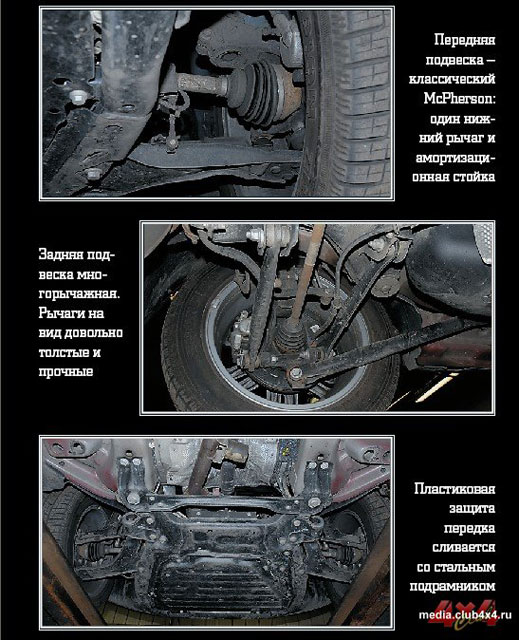
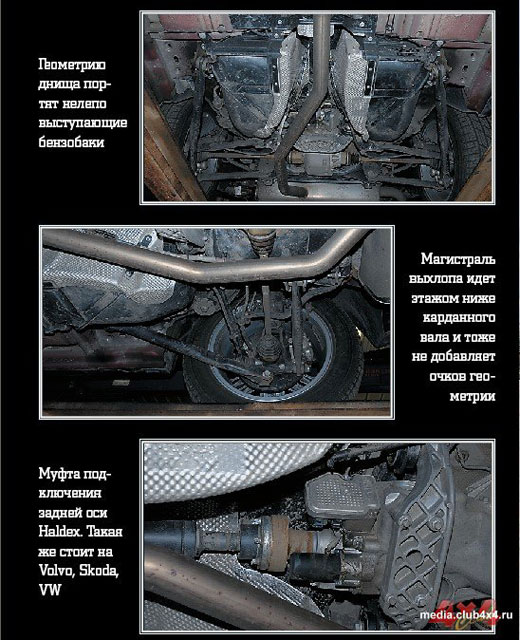
The question of comfort
We could not resist the fact not to jump into the mud bath. If you enter the gas, the car literally pops up, breaking off the wheels from the bottom. Not a drop of water into the salon does not get, although the water after the door spilles after the door. And then, when the cooling fan turns on, the steam is wrapped from under the hood and splashes fly. Exciting picture. The experiments ended on this, and here is our resume.
The adjustable transmission is convenient, but unprincipled for an experimental pilot. Using the inertia of the car, competently working as gas and brake pedals, you can achieve the same effect. This is a matter of comfort. Terran Response does not solve global issues, but it helps inexperienced drivers quickly and easy to get out of traps. Now, if the Freelander transmission received a reduced series of gears ... Then a real SUV would come out like Disco.
Technical characteristics of Land Rover Freelander 2
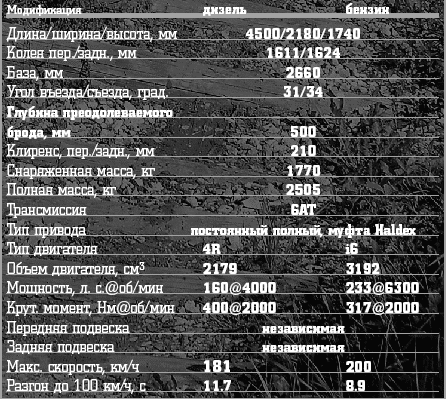
Author: Dmitry Leontyev, photo of Alexander Ortnova-Baranov
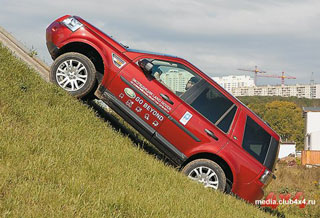
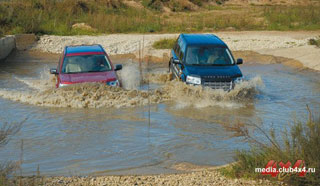
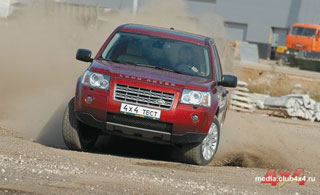
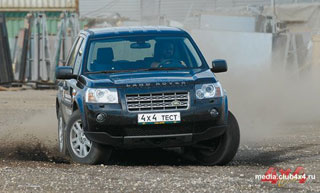
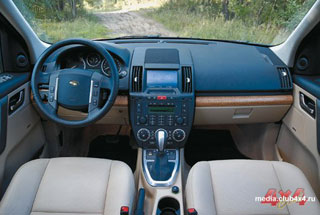
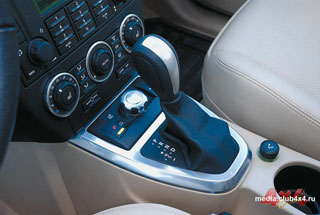
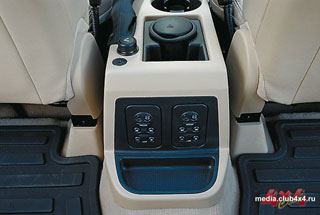
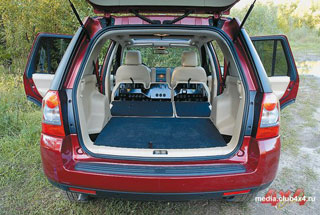
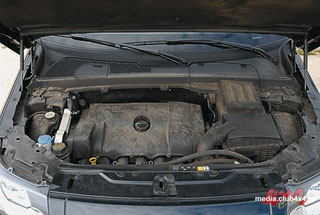
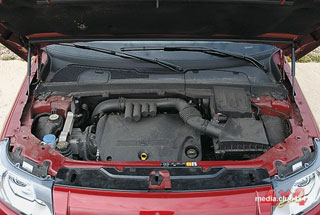
Source: Magazine 4x4 [November/2007]
Video Crash tests Land Rover Freelander LR2 2006 - 2009
Land Rover Freelander LR2 2006 test drives - 2009
Land Rover Freelander LR2 2006 - 2006 crash test
Krassh Test: Detailed Information35%
Driver and passengers
7%
Pedestrians
40%
Children-passengers

